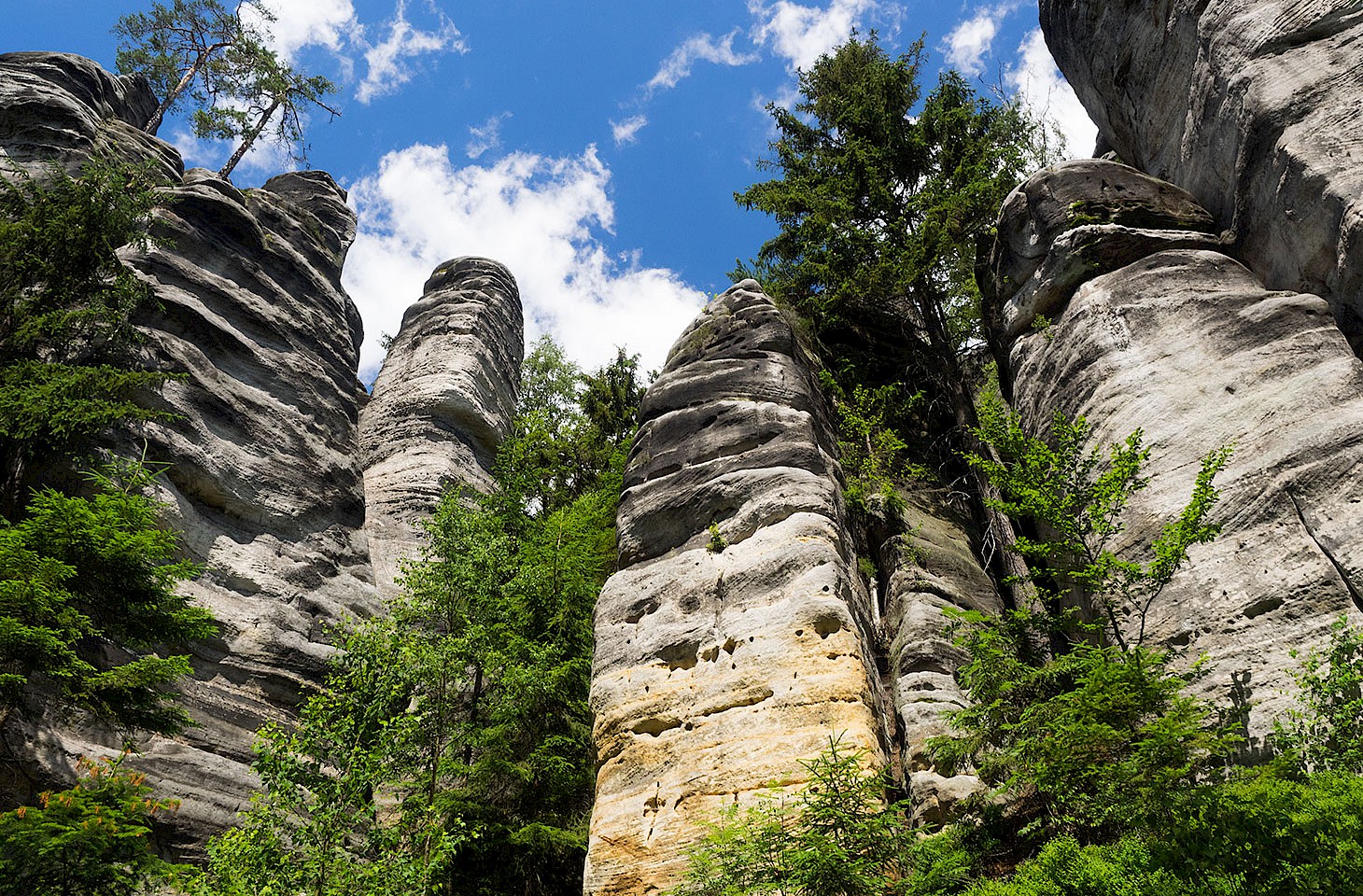The Augustów Canal is a fine example of a summitlevel canal, ie. an artificial waterway which uses a series of locks to climb up to a higher central section before dropping down again. This kind of canal links two different drainage basins, but poses special engineering challenges in keeping an adequate supply of water in the uppermost part of the canal. That summit section of the Augustów Canal is ten kilometres long.
Europe’s canonical example of a summit-level canal is the Canal du Midi in south-west France, constructed in the late 17th century to link Toulouse with the Mediterranean.




